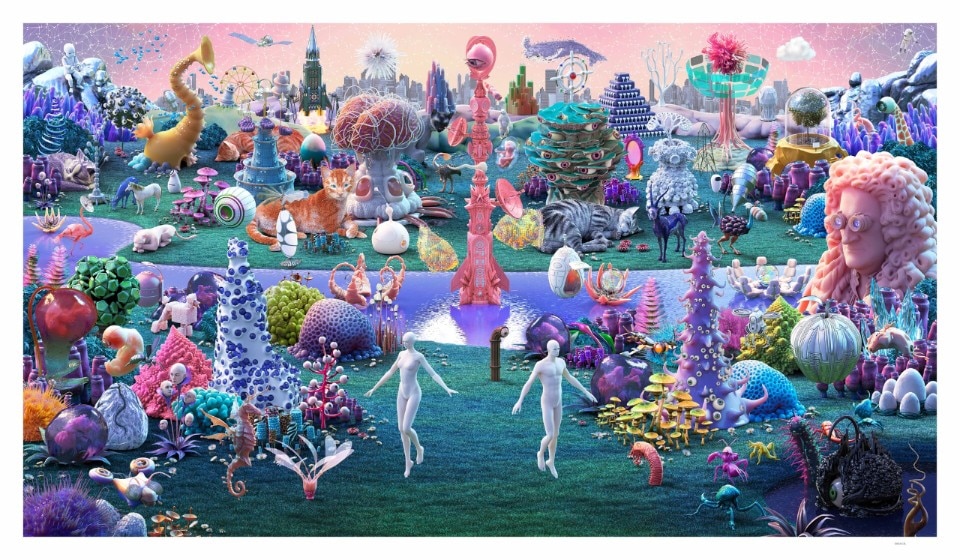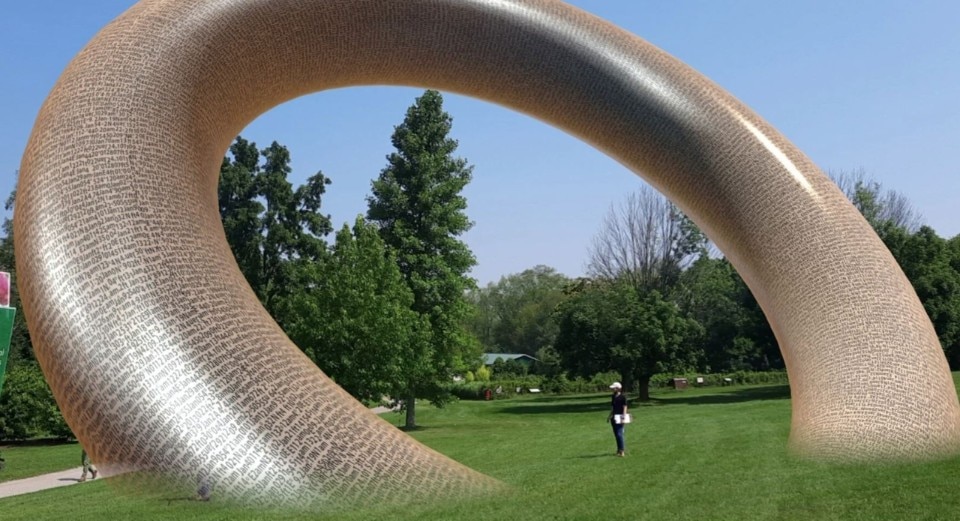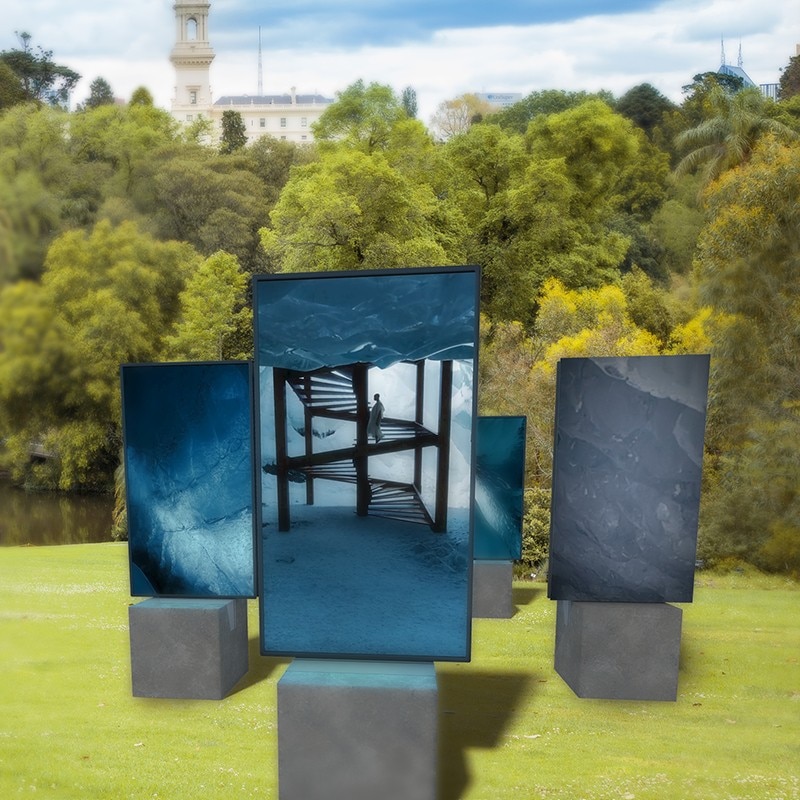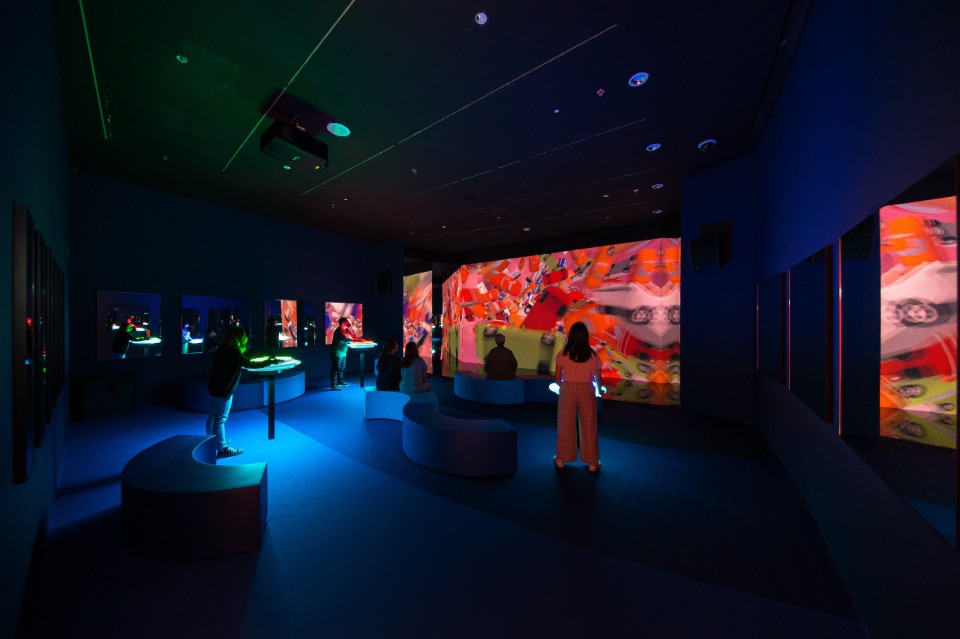What a time to be alive, said Drake while plagiarising the famous meme, and he hadn’t even seen anything yet. While the climate crisis forces us to rethink our economic and logistical structure from the ground up, and we try to find a way to reduce unnecessary travel and limit our carbon footprint, digital art is imposing itself both on the traditional market and the NFT market, and Zuckerberg is promising his users that they will soon be able to travel in the Metaverse, a sort of mixed reality social network, where they can visit exhibitions, cities, virtual casinos, go to movie theatres, concerts, bowling alleys... Yet we have already been locked in our homes for two years because of the pandemic: we would really like to have immersive experiences in gardens, in the countryside or at sea - but we’d like to experience them with our bodies, too.
These needs and contradictions are also noticeable in the art installation spaces: “While technology is continuously evolving, exhibition walls are still made of chip-board wood, glue, screws and white paint”, say Fredi Fischli and Niels Olsen from the Department of Architecture at ETH Zürich, in whose computer graphics laboratory many of Disney Pixar’s animations are created.
The two architects, who over the last year have been involved in an exhibition and educational project called Sturm&Drang together with another architect, Luigi Alberto Cippini, observe: “If a new sphere of image production emerges, the traditional tools are questioned”.
In many places all over the world, other exhibitions are addressing similar issues. The Garden of Earthly Delights: through the artworks of Colección SOLO does so by trying to literally rediscover the Earthly Paradise through digital animation, AI-art, and other new and old media; Seeing The Invisible draws us into botanical gardens from various corners of the Earth through the use of augmented reality; Virtual Realms brings 21st-century video games to the museum and gives them the interface they deserve; Interspecies Assembly uses digital animation and a participatory installation to push us to understand and empathise with other living species, to understand how perhaps these species can show us the way, presenting us with new models of design and cooperation.
- Opening image :
- SPECULUM by the Dutch collective, SMACK, 2019. Courtesy Colección SOLO.



























